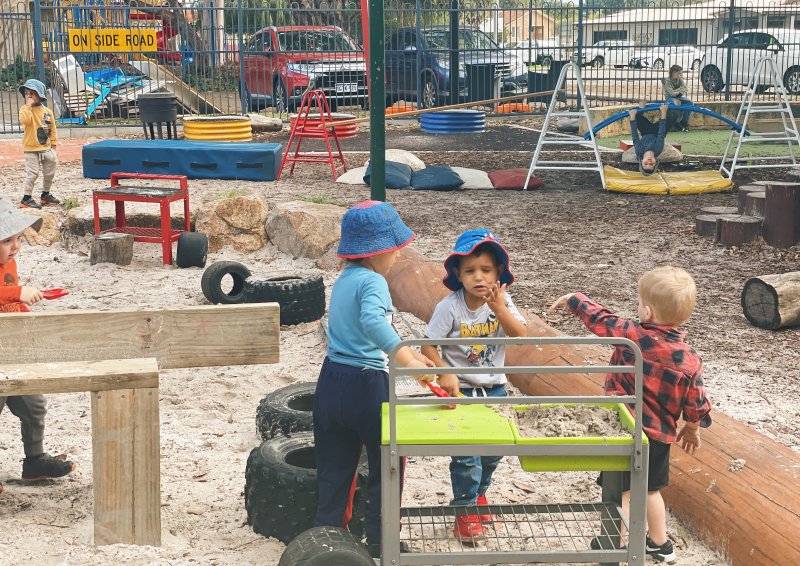Multimodal learning encapsulates learning and thinking beyond written text, words and conventional conversation.
Multimodal learning can be defined as the process of learning in which the learners can use different ways of communicating beyond reading, writing and speaking. Multimodality recognises that meaning-making is not limited to only linguistic modes of communication and learning.
Meaning is made in increasingly multimodal, digital and social ways. It is important to recognise the social and cultural uses in multimodality to understand and communicate meaning.
Modes of learning include insights into important aspects of cultures or groups of people and modes are therefore influenced by cultural and social structures and help create and interpret meaning. By recognising multimodal ways of knowing and learning we support children to develop their own identity instead of pushing our cultural identity and ways of knowing onto the child.
Viewing children’s learning in a multimodal way is an important skill necessary to support early childhood learning and thinking as very young children, as typically they do not yet have reading and writing skills, with many still learning to speak in a way that allows them to engage in communication and learning through more linguistic pathways.
Would you like to learn more about this topic?

In our new webcast called “Multimodal Learning and Play”, we will identify and unpack many different modes of learning in the early years, and discuss ways we can support, foster and recognise them in practice.
Links to QA1, QA5 and EYLF – Outcome 5: Children are effective communicators
Purchase the Multimodal Learning and Play On-demand webcast here.



